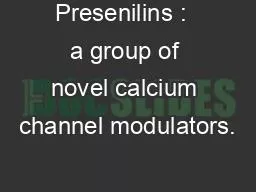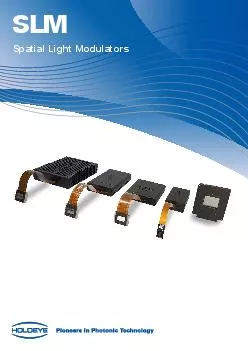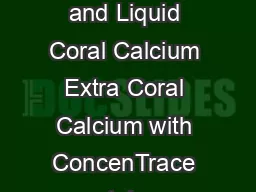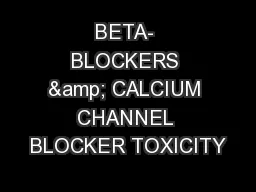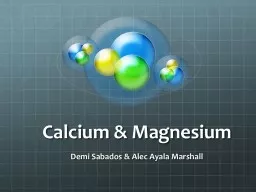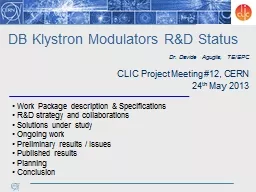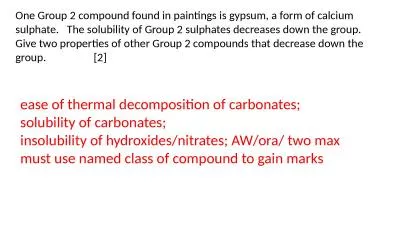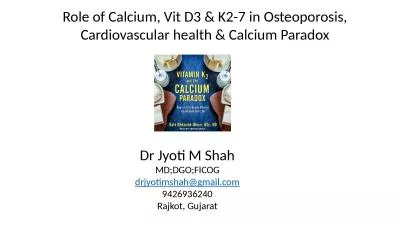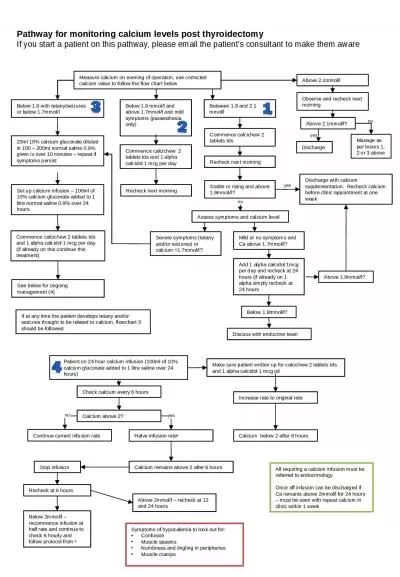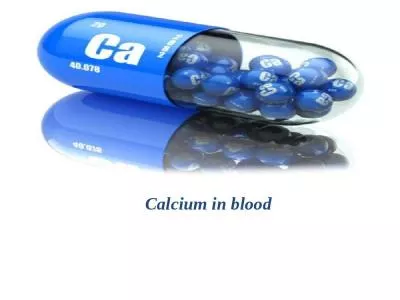PPT-Presenilins : a group of novel calcium channel modulators.
Author : beatever | Published Date : 2020-06-23
Simon Kaja PhD Assistant Professor Associate Director Preclinical Research University of Missouri Kansas City School of Medicine Dept of Ophthalmology Vision
Presentation Embed Code
Download Presentation
Download Presentation The PPT/PDF document "Presenilins : a group of novel calcium ..." is the property of its rightful owner. Permission is granted to download and print the materials on this website for personal, non-commercial use only, and to display it on your personal computer provided you do not modify the materials and that you retain all copyright notices contained in the materials. By downloading content from our website, you accept the terms of this agreement.
Presenilins : a group of novel calcium channel modulators.: Transcript
Download Rules Of Document
"Presenilins : a group of novel calcium channel modulators."The content belongs to its owner. You may download and print it for personal use, without modification, and keep all copyright notices. By downloading, you agree to these terms.
Related Documents

